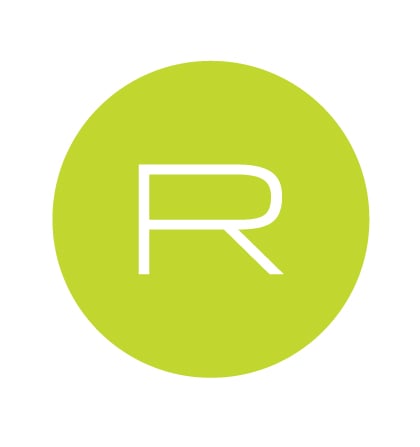Bookkeeping Red Flags and What To Do About Them
Bookkeeping is strategically important for every business because financials form the foundation for daily operations and future planning....
4 min read
 Redpath and Company
:
March 31, 2021
Redpath and Company
:
March 31, 2021

March 31, 2021 - Guest blog from Scott Staffon, CSP, Director of Risk Management at CSDZ
Every construction company has a safety program. Not many realize that even the most comprehensive safety program doesn’t work without the right plan behind it in the field.
Safety is traditionally viewed in terms of policies, programs, and compliance – making sure you’re keeping your workers and job sites safe to minimize incidents and employee injuries. It’s a necessary way to think about safety, but companies who stick with that understanding ignore a huge part of it: How do those policies, programs, and compliance translate to the work being completed in the field?
Safety should be conceived in broader terms of risk. Looking at the risk factor on each job will lead to wasting less time and money, minimizing risk, and maximizing profits.
Safety is often approached as a top-down initiative. First, a company's safety department develops a program or policy and gets leadership's buy-in. Then, your teams are instructed to implement it in the field, typically through some type of training rollout. The assumption is that if the field team has been provided with the tools to work safely on the jobsite, they should be able to increase safety.
But that approach fails to make risk and safety a significant part of the everyday work process. No matter how well the safety plan is instructed, it’s still not integrated, so it’s seen as a number to hit instead of an active behavior. As a result, safety and risk management get lost between planning and execution. It becomes a checkbox on a sheet and a few bullet points in the morning safety huddle. It becomes vague and non-specific. It doesn’t focus on the actual work or provide workers with the necessary understanding to recognize hazards.
Because of that, risk has a huge impact on the profit side of your business. Here are just a few areas where poor planning can have a major financial impact on your company:
Safety planning doesn’t work as well as it needs to because it doesn’t address the simple question: “How do I take all of our policies and plans and put them to work in the field effectively?”
Changing your company's mindset toward risk and safety is essential to answering that question. Without it, the greatest threats to your bottom-line creep in – risk is incurred, rework increases, and profit is lost. Planning that only addresses safety does not address overall risk.
An effective safety plan can’t be treated as separate from other parts of your company. Risk and safety need to be incorporated at every level, from budget development to scheduling to project finances. You must be able to take the policies and programs and actually do something with them – which makes crew leaders/supervision a keystone in integrating your risk and safety plan into the project plan.
Your projects are like an hourglass:
At CSDZ, we call the middle of the hourglass the “point of impact”. This is where your safety programs and policies become risk-managing actions. If your field crews are provided with vague or non-specific work plans, they will figure things out on their own – right or wrong. The crew lead is your funnel to workers, meaning they need to be informed and be heard when it comes to implementing risk and safety in the field.
Your crew leads and supervisors can have a meaningful impact on your workers. Here are three vital actions they can take each day to make risk and safety part of their everyday:
It's also important for project management to evaluate the effectiveness of the communication at the crew level. Have them routinely participate in the POD with the crews to gain an understanding of how the crew interprets what is expected of them.
Managing risk and safety – the kind that protects your workers and your bottom line – is more than a piece of paper that someone reads to the crew. It starts with communication and worker engagement. Is your work plan integrating risk and safety controls to truly have an impact across your company and in the field?
Your work crews can provide valuable feedback and insight into the work activities being performed. Companies need to not just accept but embrace feedback and the worker’s knowledge and use them in their continuous improvement process.
Scott Staffon, CSP, is Director of Risk Management at CSDZ, a Minneapolis-based construction insurance agency that provides insurance and risk management support, surety, SDI, executive risk, and many other risk solutions to construction companies. Find them at https://www.csdz.com/.

Bookkeeping is strategically important for every business because financials form the foundation for daily operations and future planning....

In a decision issued March 1, 2024, U.S. District Court Judge Liles Burke ruled that the Corporate Transparency Act (CTA) is unconstitutional....

Several types of trusts can help you manage your assets in a way that supports your estate planning goals while providing potentially significant tax...